
World
18:40, 27-Dec-2018
2018 Reporters' look back: Spain becomes ground zero for Europe's migrant crisis
Updated
17:54, 30-Dec-2018
By Alan B. Goodman
02:23
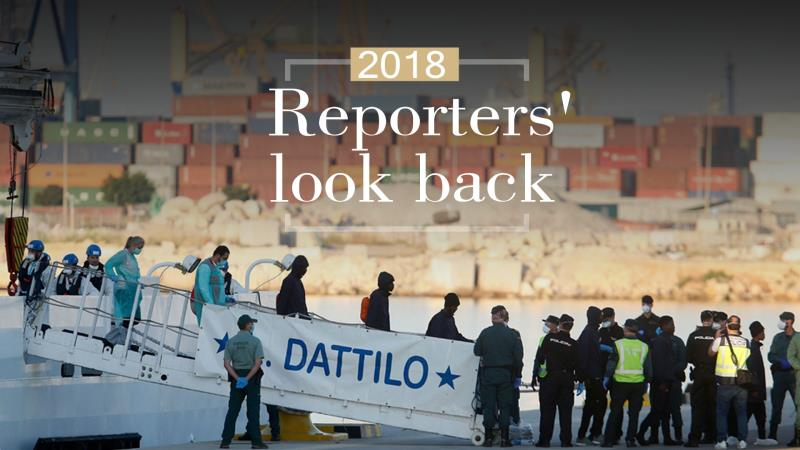
From Madrid, starting in the middle of 2018, we were regularly traveling to southern Spain, along the Mediterranean and near the Strait of Gibraltar, to cover the story of how Spain gained the dubious distinction of becoming Europe's ground zero for economically strapped African migrants in 2018. Our CGTN crew was at the locations where the migrants arrived or were being held temporarily or were being forwarded by NGOs.
The coverage took us to Cadiz, Tarifa, Algeciras, Valencia, and also to the Spanish enclaves of Ceuta and Melilla on Morocco's north coast. Spain became ground zero for migrants not only because the shortest sea route is just nine miles across the Strait of Gibraltar from northern Morocco to southern Spain.
Italy had been ground zero in 2017, with 118,000 migrant arrivals by sea from Africa, the UN's migration agency reports, compared to just 20,000 for Spain last year. But in 2018, that changed dramatically under Italy's new far-right Interior Minister, Matteo Salvini, who made it very difficult for migrants to enter.
By mid-2018, the migrants, and what police say are the human-trafficking mafias that transport them across the sea in unsafe boats, had turned their attention to Spain just as new Socialist Prime Minister Pedro Sanchez was taking power, having unseated his conservative predecessor.
Sanchez's first big decision in June was to allow the NGO ship Aquarius, jam-packed with 629 migrants rescued from the Mediterranean, to sail from waters near Italy and Malta, which refused them landing rights, all the way to Valencia, Spain.
Hundreds of journalists, including our CGTN crew, were there on June 17 as the mainly sub-Saharan migrants, from 25 countries, including seven pregnant women, arrived and were met by aid workers and the police.
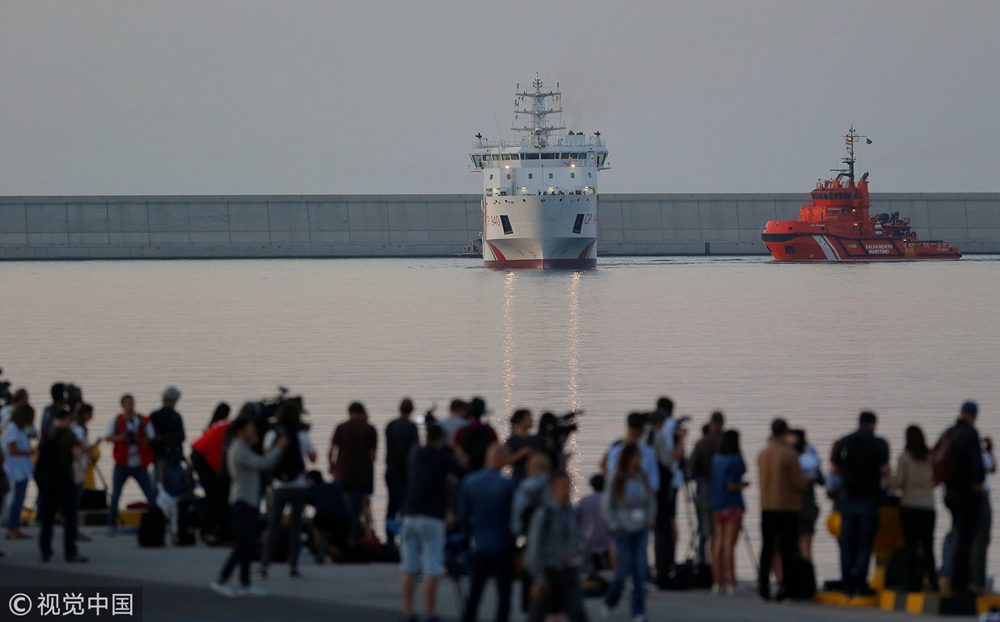
The Dattilo rescue ship arrives at the port in Valencia, Spain, June 17, 2018. /VCG Photo
The Dattilo rescue ship arrives at the port in Valencia, Spain, June 17, 2018. /VCG Photo
The Spanish government said it was the right thing to do under international law and for humanitarian reasons, but critics quickly said Prime Minister Sanchez was sending a signal that Spain had a welcome mat out for migrants.
Arrivals increased sharply to Spain, and the UN migration agency reports 55,000 migrants arrived in Spain from January through December 12, compared to 30,000 in Greece and 23,000 in Italy.
Lower numbers of migrants arrived overall to the three countries compared with last year, but still enough to set off some alarm bells in Spain. The Spanish government has since tightened controls somewhat as officials, both at the national and local levels, have scrambled to keep up with the migrant influx.
Cities and towns along Spain's southern coast, especially in Cadiz province just across from Morocco, have used municipal sports centers as makeshift migrant holding centers. We spent several hours outside one such sports center, in Tarifa, in the summer, only to be surprised when a small number of migrants emerged and were whisked away by bus.
Later, the Spanish government, under pressure from many quarters, outfitted an old port building near San Roque as a central migrant holding center.
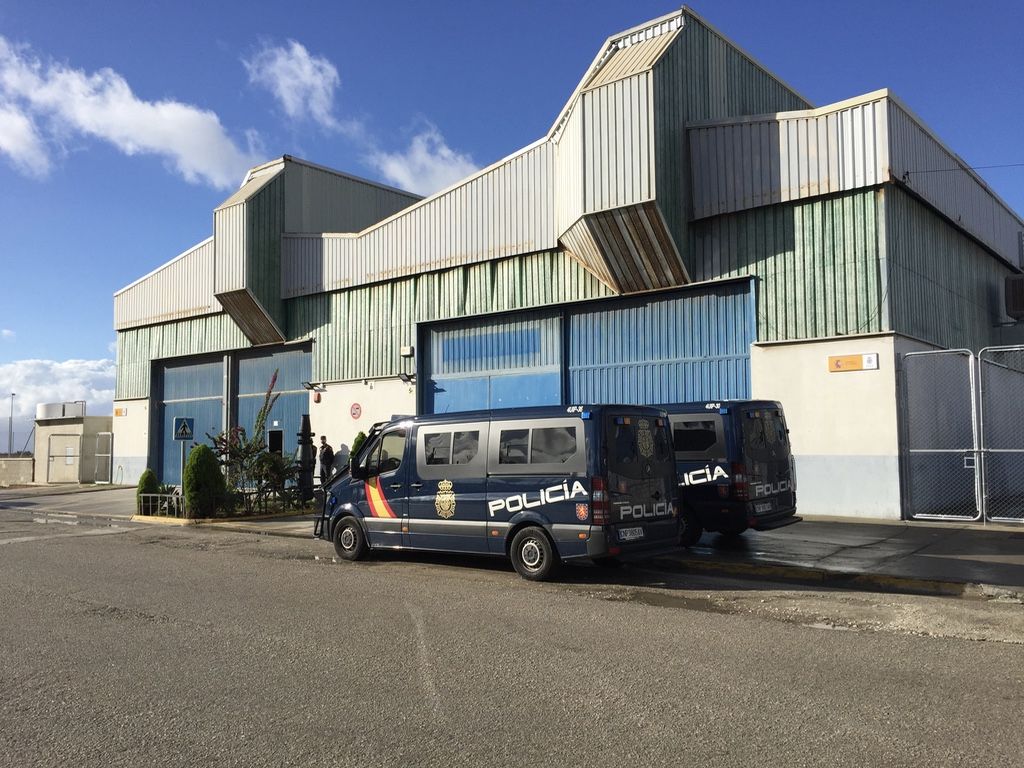
A migrant holding center near San Roque, Spain. /CGTN Photo
A migrant holding center near San Roque, Spain. /CGTN Photo
It opened late in the summer, as the place where the new arrivals are taken for initial processing for several days, under police guard. We visited it in November. The centralized holding center for that part of Spain has brought some order to the process, which earlier saw city governments, and even volunteers, digging into their budgets or even their pockets for funds to pay for food and other basic necessities for the newly arrived migrants until national government aid could arrive.
On peak weekends in the summer, when seawaters were calmer and more migrants were willing to risk the journey, hundreds of migrants often arrived in Spain in a single day, most of them rescued at sea by Spanish ships, from the government or NGOs. But in a few notorious instances, small boats with migrants sailed right up onto the beaches.
The migrants scrambled off and ran across the beach onto highways or brush areas, to the shock and dismay of summer beachgoers. Some of them recorded these wild scenes on their phones, and the videos got wide attention.
We visited one such location in September, a short time after a brazen arrival, and talked to concerned locals. Towns had emergency plans, with a call network to quickly muster volunteers and translators.
After some days, the latest batch of arrivals would leave the initial migrant holding centers and be split up among various NGOs that try to help them get a foothold. Many of the sub-Saharan Africans, who speak French, sought to go north to France or Belgium, where they told us they had relatives and friends.
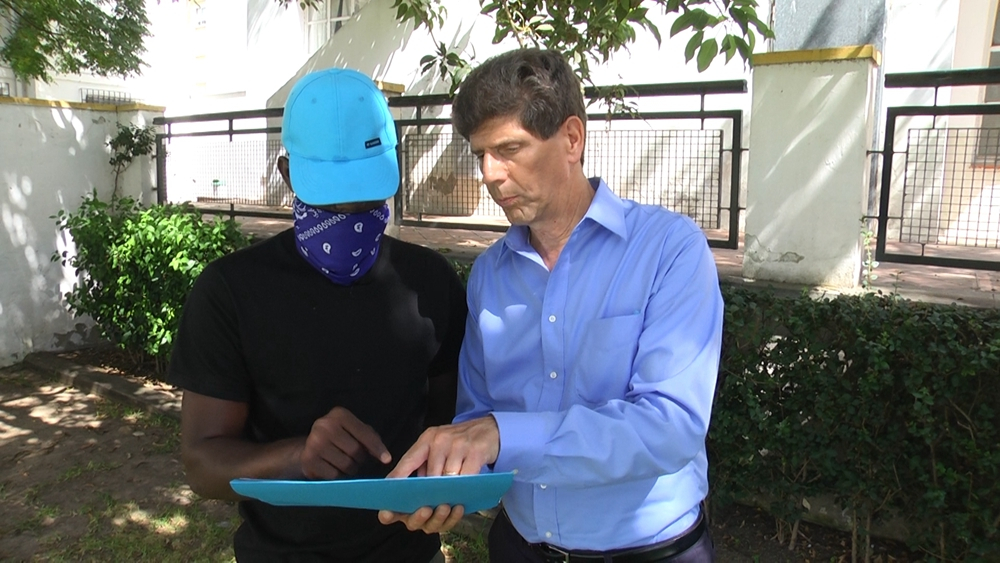
African migrant Momoudou Dion (L) shows Alan Goodman the route he took to Europe on a map. /CGTN Photo
African migrant Momoudou Dion (L) shows Alan Goodman the route he took to Europe on a map. /CGTN Photo
The NGOs, we were told, would help pay for their bus tickets to northern Spain, where they would try to cross into France and continue their journeys to find accommodation and work.
In July, at a Catholic church charity center for migrants in the port city of Cadiz, we met Amaduwurie Jalloh, who left his home in Sierra Leone after his mother died and spent months traveling north in Africa before finally crossing to Spain.
"It's the right thing. That I come is the right decision I take. It's the best decision for me," he told us.
02:12
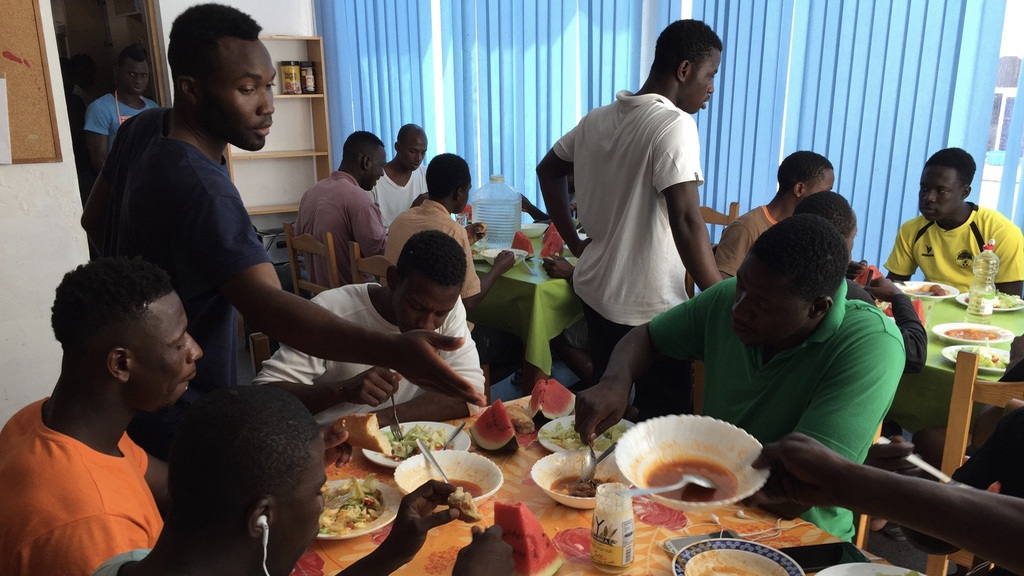
In November, in the port city of Algeciras, at a migrant aid service run by the Cepaim NGO, we met Ibrahim Sanogo from Mali. Like so many migrants, he had a harrowing tale of going north to Morocco before crossing the waters into Spain, but he had no regrets.
"If you're a man," he told us, "you can't just wait. You have to help your family. I think migrants should get temporary visas to fend for themselves in Europe for a while, and then return to Africa."
But nearby on a busy shopping street in Algeciras, a perfume store clerk, Irene Lopez Tapia, expressed what's been heard in many quarters in Spain lately. "Spain helps the migrants more than the Spaniards," she told us.
"The migrants always get more aid than the Spaniards – for housing, for food, for everything."
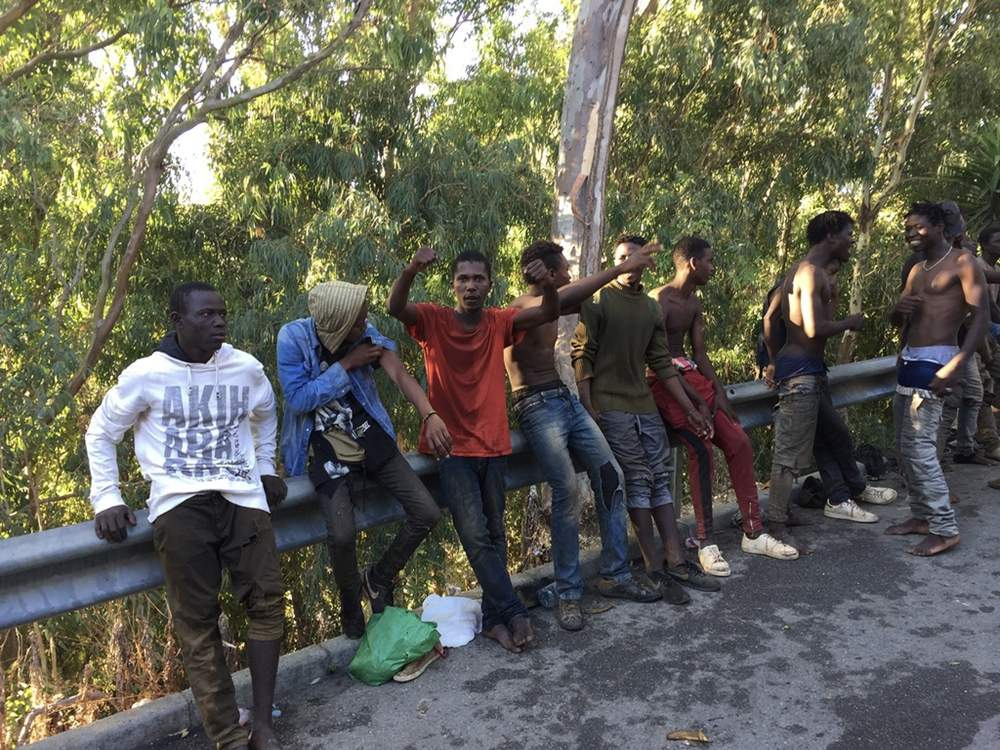
Newly-arrived African migrants celebrate after successfully reaching Spanish enclave Ceuta. /CGTN Photo
Newly-arrived African migrants celebrate after successfully reaching Spanish enclave Ceuta. /CGTN Photo
The growing discontent was seen in elections in early December, when Vox, a far-right party with an anti-immigrant platform, won 12 seats in the regional parliament of Andalusia, the huge area of southern Spain where the migrants have been arriving. Vox came in fifth in the elections, but it's the first time the party won seats in the Andalusia parliament.
And it did much better than the five seats, which polls had predicted they might win. Vox still does not have seats in Spain's national parliament, but their rise in the south has worried some who thought Spain might avoid the kind of far-right sentiment seen in election results in Italy, Hungary and various other European Union nations. Much of that was fueled by anti-immigrant sentiment.
(Top image: Migrants disembark from the Italian navy boat the Dattilo at the port of Valencia, Spain, June 17, 2018. /VCG Photo)

SITEMAP
Copyright © 2018 CGTN. Beijing ICP prepared NO.16065310-3
Copyright © 2018 CGTN. Beijing ICP prepared NO.16065310-3